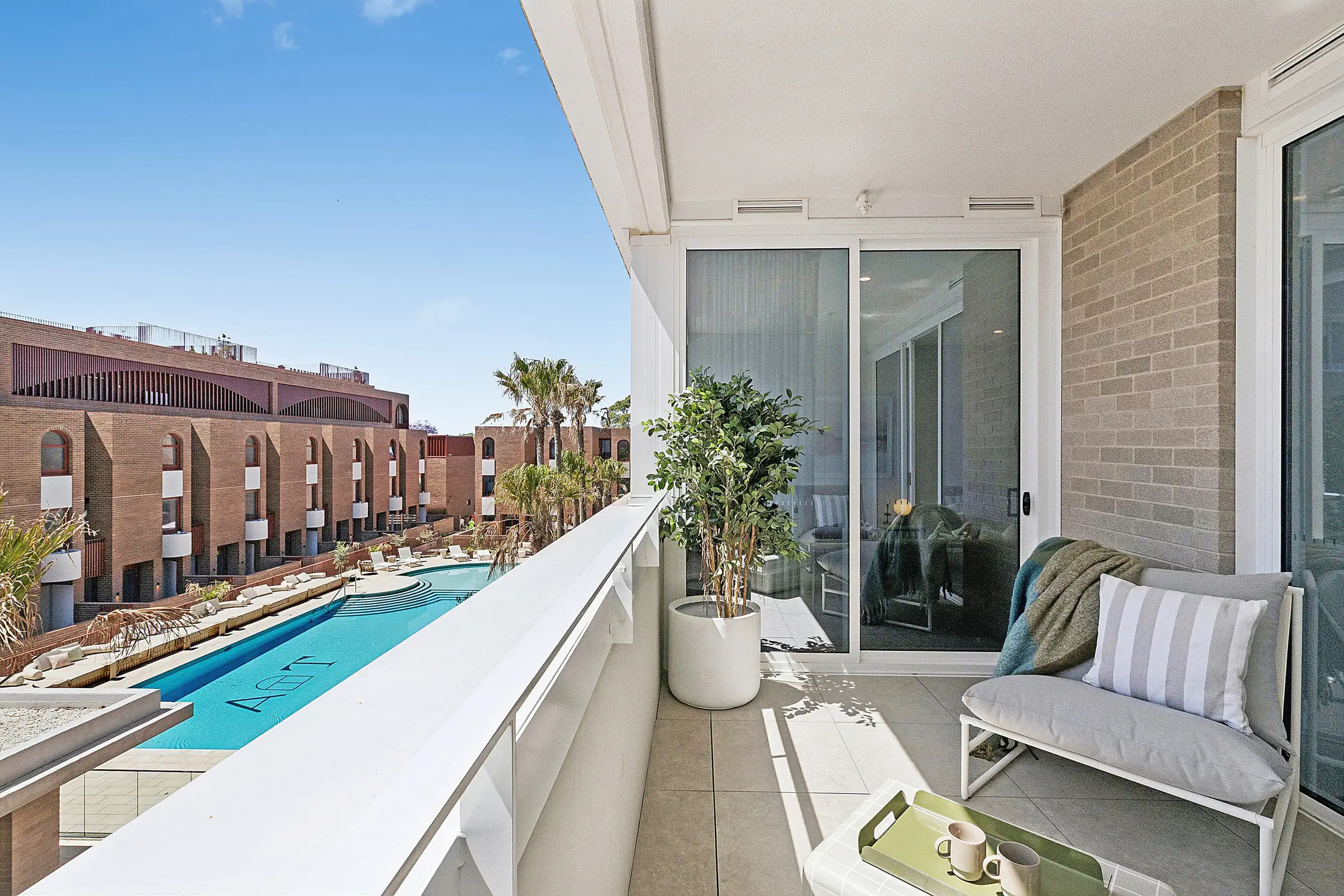
For many people, their biggest priority is to pay off their home loan as quickly as possible. It can provide a sense of freedom to actively reduce the amount you owe the bank, and the thought that you own a bigger portion of your home is also comforting. Here’s an example of how one couple took a different approach to achieve this goal sooner.
Carolyn and Ian have $300,000 left to pay on their home loan, and would like to pay this off as quickly as possible.
They want to minimise their interest payments to the bank and be free of debt as soon as they can.
They also think they could be doing things more efficiently to make the most of their money now and in the future.
Their planner assesses their situation and suggests a number of smart strategies to make their debt work more effectively. While these strategies are fairly straightforward when used on their own, their true value comes into play when used collectively.
Strategy 1 — Consolidate debts to save money
Carolyn and Ian’s planner suggests they increase their mortgage and use the extra cash to pay off their personal loan and credit cards.
By doing this they’ll pay less interest, as the lower interest rate on their home loan will apply to all their debts.
However, it’s important they keep making at least the same overall loan repayments. Otherwise, it could take them longer to pay off their combined debt, and they could end up paying more interest over the life of the loan, despite the lower interest rate.
How does it work?
Debts | Outstanding balance | Interest rate | Current repayments (p/month) |
Home loan (20 year term) | $300,000 | 7% | $2,326 |
Personal loan (5 year term) | $10,000 | 12% | $222 |
Credit cards | $5,000 | 17% | $66 |
Tot al | $315,000 |
| $2,614 |
To save on interest, and use their debt more efficiently, they increase their home loan from $300,000 to $315,000 and use the additional $15,000 to pay off their personal loan and credit cards.
This means the home loan interest rate of 7% will apply to all their debts and the total minimum repayment will reduce to $2,442 – a cash flow saving of $172 in the first month alone.
But rather than spending this extra cash, they will continue to pay $2,614 into the consolidated loan each month until their home loan is paid off.
Debts | Separate loans¹ | Consolidated loan¹ |
Outstanding loan(s) | $315,000 | $315,000 |
Monthly repayments | $2,614 | $2,614 |
Remaining term | 17.8 years | 17.4 years |
Total interest payments | $241,958 | $230,526 |
By using this strategy, Carolyn and Ian pay off their debts sooner and save $11,432 in interest.
Strategy 2 — Use your emergency cash reserve more effectively
Carolyn has just received an after-tax bonus of $12,000, which she and Ian keep in a joint cash account.
They treat this money as an emergency cash reserve, in case of unexpected bills such as home repairs, illness or even an unplanned holiday.
By using a cash account they’ll have immediate access to their money, but it has limitations:
- The interest rate is much lower than what they pay on their home loan, and
- Every dollar they earn in interest is taxed at their marginal rate of 31.5%.
To use their emergency cash reserve more efficiently, their planner suggests putting the money into a 100% offset account linked to their mortgage.
Not only will they have immediate access to their money, but they will achieve a better return, save interest and pay off their home loan sooner.
Note: They could gain the same benefits by transferring the money directly into their home loan, as long as it has a redraw facility.
What are the benefits?
By transferring their emergency cash into a 100% offset account, they’ll effectively reduce the balance on which their home loan interest is calculated.
This means they’ll ‘earn’ the rate of interest charged by their home loan, and won’t need to pay tax on those earnings.
By maintaining their repayments, they’ll pay more off their home loan and be debt-free sooner.
How does it work?
Carolyn and Ian’s outstanding home loan is $315,000 after consolidating their debts, and the interest on the loan is 7% pa. Their emergency cash reserve of $12,000 is currently sitting in a bank account, earning just 4% pa.
As they both pay tax at a marginal rate of 31.5%2, the after-tax return on the bank account is 2.74%; much lower than the net return of 7% on their home loan.
They transfer the $12,000 into a 100% offset account which immediately reduces the size of their home loan for interest calculation purposes to $303,000.
Even though they’re saving interest, Carolyn and Ian maintain their monthly repayments of $2,614. This reduces the principal further, as well as the term of their loan.
Debts | Before strategy | After strategy |
Loan term | 17.4 years | 16.2 years |
Total interest payments | $230,526 | $203,734 |
Interest saving |
| $26,792 |
By using this strategy, Carolyn and Ian save $26,792 in interest payments and reduce the term of their home loan by 1.2 years.
Please speak to your financial adviser to discuss strategies that can help you play off your home loan sooner.
1 In both options, we’ve assumed repayments of $2,614 are made for the life of the home loan. With the separate loans, payments are re-directed to the home loan once the personal loan is repaid.
2 Includes the Medicare levy of 1.5%.


